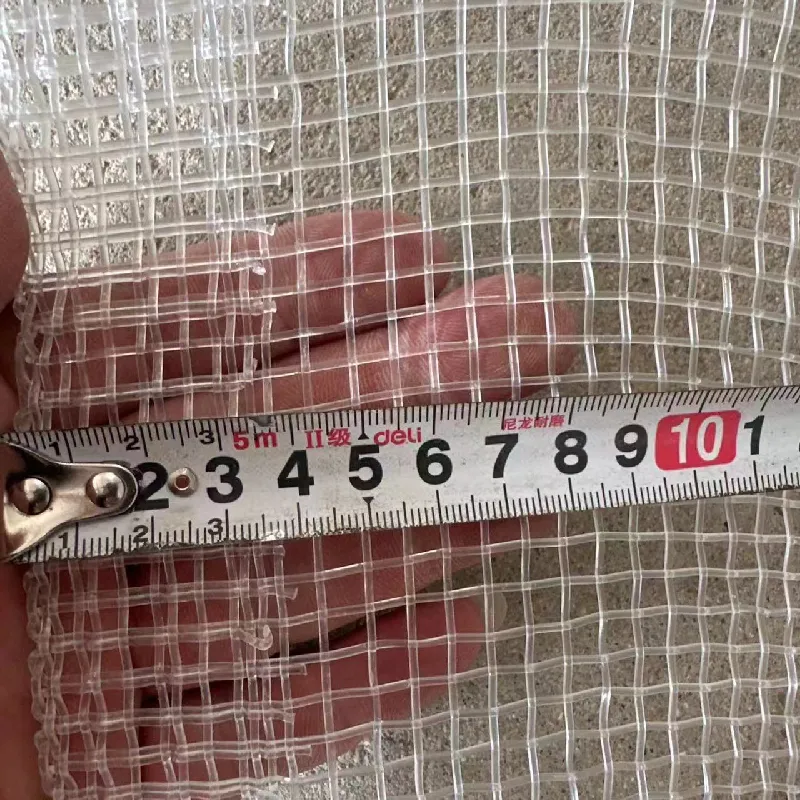-
 Afrikaans
Afrikaans -
 Albanian
Albanian -
 Amharic
Amharic -
 Arabic
Arabic -
 Armenian
Armenian -
 Azerbaijani
Azerbaijani -
 Basque
Basque -
 Belarusian
Belarusian -
 Bengali
Bengali -
 Bosnian
Bosnian -
 Bulgarian
Bulgarian -
 Catalan
Catalan -
 Cebuano
Cebuano -
 China
China -
 Corsican
Corsican -
 Croatian
Croatian -
 Czech
Czech -
 Danish
Danish -
 Dutch
Dutch -
 English
English -
 Esperanto
Esperanto -
 Estonian
Estonian -
 Finnish
Finnish -
 French
French -
 Frisian
Frisian -
 Galician
Galician -
 Georgian
Georgian -
 German
German -
 Greek
Greek -
 Gujarati
Gujarati -
 Haitian Creole
Haitian Creole -
 hausa
hausa -
 hawaiian
hawaiian -
 Hebrew
Hebrew -
 Hindi
Hindi -
 Miao
Miao -
 Hungarian
Hungarian -
 Icelandic
Icelandic -
 igbo
igbo -
 Indonesian
Indonesian -
 irish
irish -
 Italian
Italian -
 Japanese
Japanese -
 Javanese
Javanese -
 Kannada
Kannada -
 kazakh
kazakh -
 Khmer
Khmer -
 Rwandese
Rwandese -
 Korean
Korean -
 Kurdish
Kurdish -
 Kyrgyz
Kyrgyz -
 Lao
Lao -
 Latin
Latin -
 Latvian
Latvian -
 Lithuanian
Lithuanian -
 Luxembourgish
Luxembourgish -
 Macedonian
Macedonian -
 Malgashi
Malgashi -
 Malay
Malay -
 Malayalam
Malayalam -
 Maltese
Maltese -
 Maori
Maori -
 Marathi
Marathi -
 Mongolian
Mongolian -
 Myanmar
Myanmar -
 Nepali
Nepali -
 Norwegian
Norwegian -
 Norwegian
Norwegian -
 Occitan
Occitan -
 Pashto
Pashto -
 Persian
Persian -
 Polish
Polish -
 Portuguese
Portuguese -
 Punjabi
Punjabi -
 Romanian
Romanian -
 Russian
Russian -
 Samoan
Samoan -
 Scottish Gaelic
Scottish Gaelic -
 Serbian
Serbian -
 Sesotho
Sesotho -
 Shona
Shona -
 Sindhi
Sindhi -
 Sinhala
Sinhala -
 Slovak
Slovak -
 Slovenian
Slovenian -
 Somali
Somali -
 Spanish
Spanish -
 Sundanese
Sundanese -
 Swahili
Swahili -
 Swedish
Swedish -
 Tagalog
Tagalog -
 Tajik
Tajik -
 Tamil
Tamil -
 Tatar
Tatar -
 Telugu
Telugu -
 Thai
Thai -
 Turkish
Turkish -
 Turkmen
Turkmen -
 Ukrainian
Ukrainian -
 Urdu
Urdu -
 Uighur
Uighur -
 Uzbek
Uzbek -
 Vietnamese
Vietnamese -
 Welsh
Welsh -
 Bantu
Bantu -
 Yiddish
Yiddish -
 Yoruba
Yoruba -
 Zulu
Zulu
Welded Steel Wire Fabric Applications and Benefits in Construction Industry
The Significance of Welded Steel Wire Fabric in Modern Construction
Welded steel wire fabric (WSWF) is an essential component in the contemporary construction industry, playing a pivotal role in reinforced concrete applications. Comprising a series of longitudinal and transverse steel wires that are welded together at their intersections, this innovative material enhances the structural integrity of various constructions, from residential buildings to large-scale infrastructure projects.
One of the primary advantages of welded steel wire fabric is its ability to provide uniform strength across various surfaces. Unlike traditional rebar, which can be cumbersome to install and requires significant labor, WSWF offers a grid of steel that can be easily laid out and incorporated into concrete pour applications. This uniform distribution of steel contributes to improved load-bearing capacity and reduces the risk of cracking and deformation in the concrete. The welded intersections ensure that the wires maintain their positions during the pouring process, further enhancing the effectiveness of the reinforcement.
Moreover, WSWF is highly versatile and can be manufactured to suit a wide variety of construction needs. Available in different sizes, shapes, and grades, welded wire fabric can be easily customized to meet specific design requirements. This adaptability makes it ideal for use in diverse applications, including slabs on grade, precast concrete elements, sidewalks, and retaining walls. Additionally, it can be used in both residential and commercial projects, demonstrating its widespread acceptance in the industry.
welded steel wire fabric

The installation of welded steel wire fabric is not only efficient but also cost-effective
. By simplifying the reinforcement process, it significantly reduces labor costs and construction time. Projects can benefit from accelerated timelines, allowing for quicker occupancy and reduced overhead costs for contractors. Furthermore, the material’s durability and resistance to corrosion make it a long-lasting choice, ultimately leading to lower maintenance expenses over the lifespan of the structures.In addition to its practical advantages, the use of welded steel wire fabric aligns with sustainable construction practices. By maximizing the strength and efficiency of materials, WSWF contributes to more resource-effective designs. Reduced material wastage and lower impacts on the environment are additional benefits linked to the use of this modern reinforcement solution.
Despite its numerous advantages, it is crucial to ensure that WSWF is correctly designed and installed. Engineers must consider factors such as load requirements, environmental conditions, and the specific characteristics of the concrete used. Proper spacing and positioning of the welded wire fabric within the concrete matrix are also essential to ensure optimal performance.
In conclusion, welded steel wire fabric serves as a vital element in modern construction, offering myriad benefits that enhance the efficiency, strength, and sustainability of structures. Its versatility, ease of installation, and cost-effectiveness make it a go-to choice for builders across various sectors. As the construction industry continues to evolve, the integration of advanced materials like WSWF will play a key role in achieving more resilient and sustainable built environments. With ongoing innovations and improvements, the future of welded steel wire fabric looks promising, positioning it firmly within the forefront of construction technology.
-
Why Construction Steel Mesh is the Backbone of Modern InfrastructureNewsJun.27,2025
-
The Ultimate Solution for Versatile Industrial and Consumer ApplicationsNewsJun.27,2025
-
Smart Breeding Starts Here: The Ideal Breeder Net for GuppiesNewsJun.27,2025
-
Maximize Your Harvest with Smart NetNewsJun.27,2025
-
High-Performance Steel Mesh Solutions for Modern IndustryNewsJun.27,2025
-
Durable Solutions for Modern Agriculture and LandscapingNewsJun.27,2025











